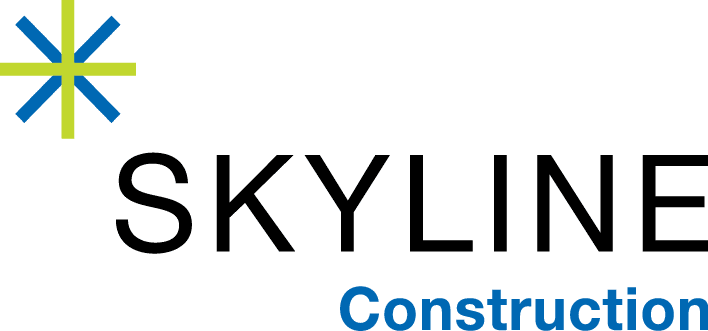Knowledge Sharing
Office to Lab Conversions: Adaptive Reuse in Life Science Is On The Rise
Adaptive Reuse in Life Science Is On The Rise
The life science sector has significantly influenced the commercial real estate industry in the United States in recent years. The demand for life science lab space has soared by 130% since 2014. As scientific practices and the utilization of workspaces continue to evolve driven by technology and artificial intelligence integration, existing facilities must adapt to anticipate emerging technologies, sustainability requirements, and employee workspace preferences. To meet the increasing demand while facing limited inventory, developers and tenants have begun repurposing traditional office buildings and warehouses into state-of-the-art life science research and development facilities.
This form of adaptive reuse involves converting conventional office spaces into technologically advanced life science facilities. Gordon Zagar, Facilities and Real Estate Project Executive at Zagar Consulting Inc, who represents clients up and down the West Coast, stated that “adaptive reuse projects are up over 50% year-over-year, while most brokers indicate that life science vacancy rates remain less than 3%.”
Skyline Construction, and its sister company Prevost Construction have a significant presence in the life science adaptive reuse space, and have been at the forefront of office to life science conversions since 2012. There has been movement of vacant office buildings being purchased by new developers entering the Southern California market and quickly converting them to life science spec suites to attract tenants. The team at Prevost has completed multiple adaptive reuse projects throughout the former tech hubs of Sorrento Valley, Sorrento Mesa, UTC and Torrey Pines areas, converting Qualcomm and other tech office campuses into booming life science ecosystems. In addition to San Diego, Skyline has a strong presence in the top life science hubs in the country including San Francisco, Seattle and Chicago.
“One major advantage of building conversions is the shortened construction timeline compared to ground-up developments. While a new development may take three to five years to complete, a conversion project typically takes under two years, and in some cases, less than a year.” says Jamie Prevost, Principal of Prevost Construction. The timeline for conversions can vary depending on factors such as the size of the building, the extent of necessary changes, and required additions. Although cost comparisons can be challenging, conversions generally prove to be more cost-effective than ground-up developments.
Prevost adds that these projects also require careful consideration of structural, mechanical, electrical, and plumbing (MEP) elements. Life science users demand up to 7.5 times more power than typical office spaces, necessitating the inclusion of emergency power generators. Enhanced plumbing, improved HVAC systems, higher floor load capacities, and increased security measures are also vital considerations. Overcoming these challenges is crucial to successfully repurpose buildings into functional and efficient life science facilities that meet industry standards and support groundbreaking research and development.
Close communication between construction companies like Skyline and their clients is crucial in addressing the challenges associated with adaptive reuse projects. According to Craig Jones, Principal at Skyline Construction, they work closely with clients to conduct feasibility studies, assess supply chain risks, and provide a comprehensive understanding of construction costs. This collaborative approach helps clients make well-informed decisions regarding the conversion of office spaces into life science facilities. The success of such conversion projects relies heavily on assembling a team of professionals with expertise in the life sciences sector. Building the right team is essential, as it ensures the efficient progression of the project, from design and permitting to construction delivery.
READ NEXT

